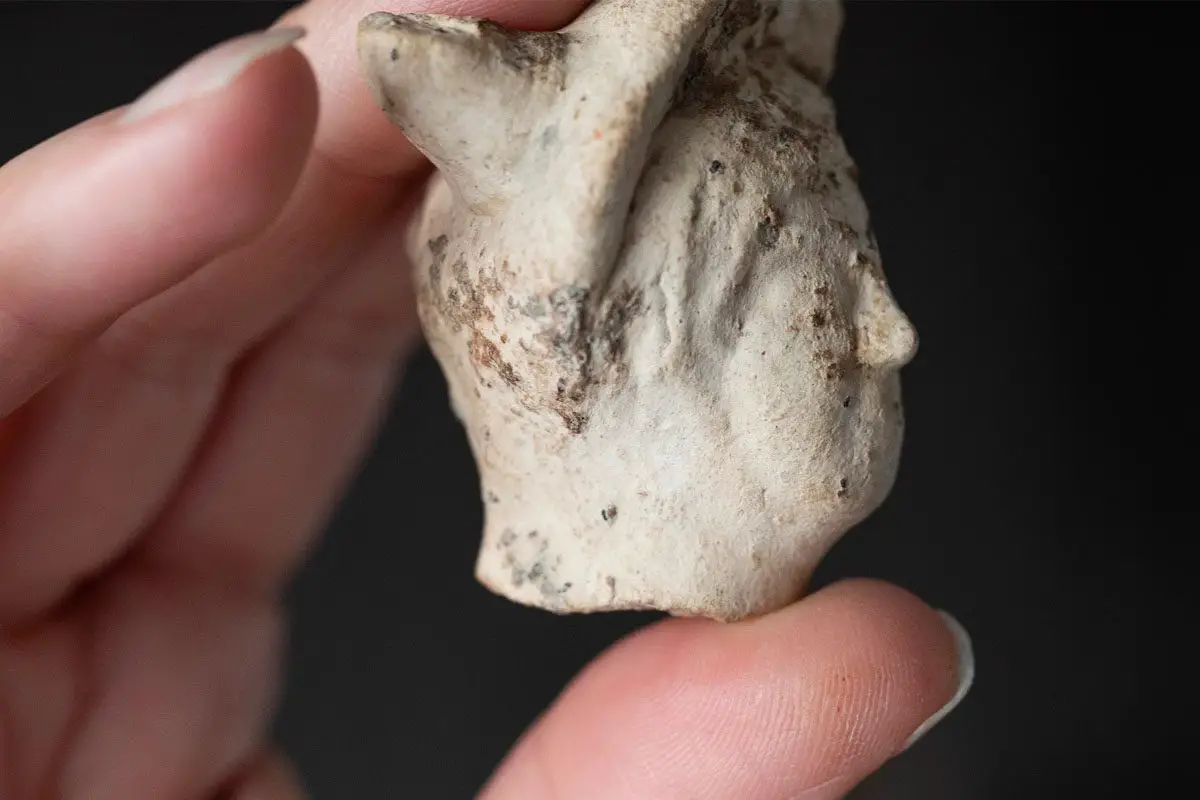Excavations of a medieval shipbuilders has led to the discovery of a Roman settlement and a Roman head of Mercury.
The discovery was made at Smallhythe Place, a late 15th or early 16th century property managed by the National Trust near Tenterden in Kent, England.
Prior to the decline of the port and shipyard at Smallhythe during the 16th century, the local community played a crucial role in the shipbuilding industry, crafting vessels for notable figures, including members of royalty.
As part of a project funded by several UK institutions, over 60 volunteers from the National Trust participated in the excavation, along with professional archaeologists, students, and members of the Hastings Area Archaeological Research Group.
The excavation has revealed traces of a Roman settlement that was occupied between the 1st and 3rd centuries, including an incredibly rare figurine made of pipeclay that depicts the god, Mercury.
Mercury was a major god in the Roman pantheon and was associated with financial gain, commerce, eloquence, messages, communication (including divination), travellers, boundaries, luck, trickery, and thieves. He also served as the guide of souls to the underworld and was the messenger of the gods.
According to a press announcement by the National Trust: “This complete figurine probably would have depicted Mercury standing, either draped with a chlamys (a short cloak), or naked, holding a caduceus (a staff with two intertwined snakes).”
The team also unearthed thousands of artefacts, providing evidence of the evolution of Smallhythe Place from a Georgian farm to a midden dump, a shipbuilding site, and a brickworks.
The National Trust said: “To support our investigations, we received grants from the National Trust’s Inclusive Archaeology, Robert Kiln and the Roman Research Funds and from the Royal Archaeological Institute. During 2023, our project has received funding from the Society of Antiquaries and the William and Edith Oldham Charitable Trust.”
Header Image Credit : James Dobson
Sources : National Trust – Exploring Smallhythe Place: Archaeological Investigations by the River Rother







